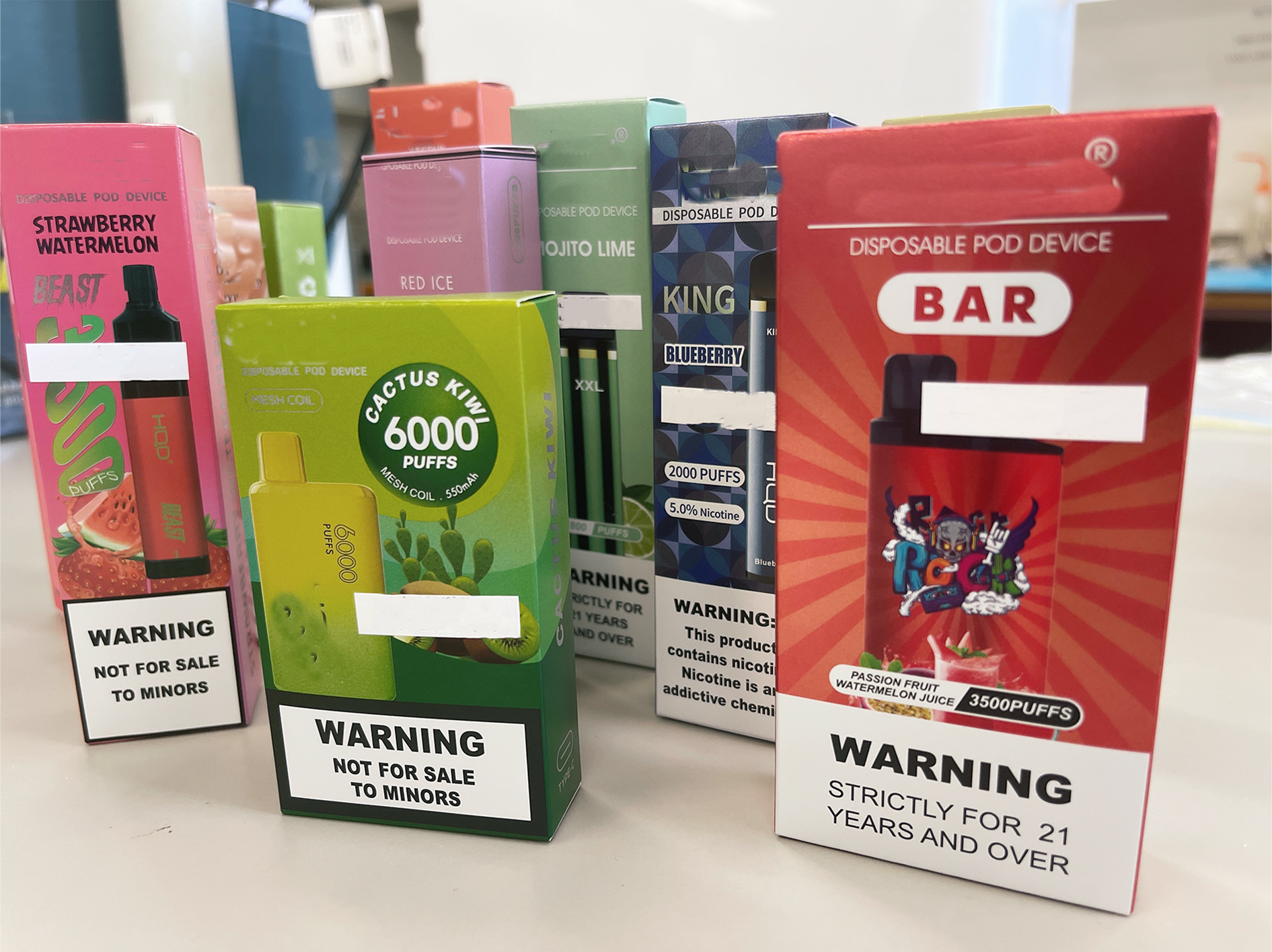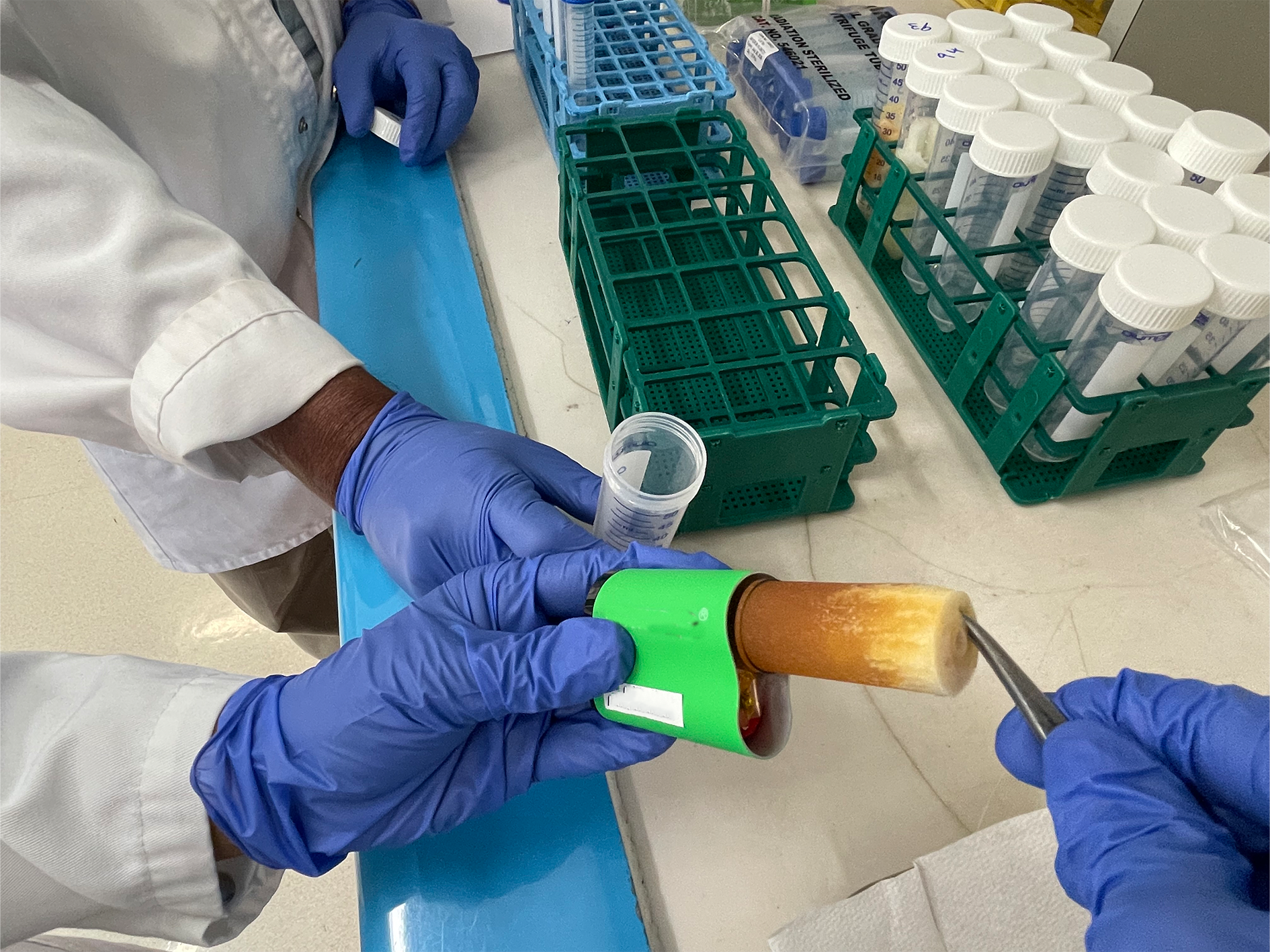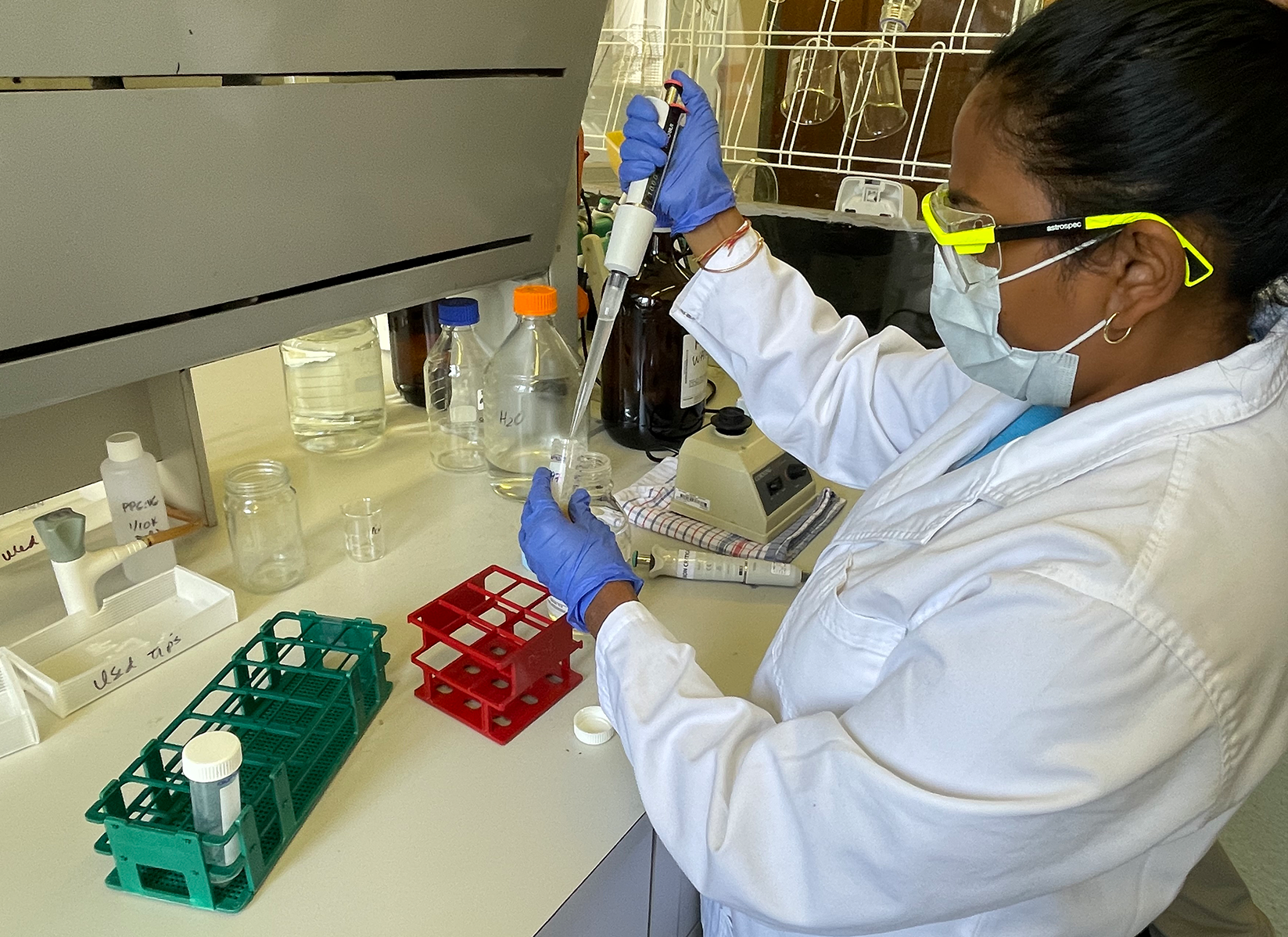Media Contact

We hear a lot about the dangers of vaping, but what’s actually inside them? NSW Health Pathology’s Clinical and Environmental Toxicology laboratory has been tasked with finding out.
The federal government has announced it will ban recreational vaping and limit the sale of vapes to pharmacies, with health experts concerned about the rise of vaping, particularly among children.
NSW Health evidence suggests children are accessing nicotine vaping products in increasing numbers and many adults are also accessing illegal nicotine vaping products.
Since 2015, NSW Health Pathology’s Forensic & Analytical Science Service’s Clinical and Environmental Toxicology Laboratory has been testing e‑cigarettes (or vapes), to determine their contents and assist the NSW Ministry of Health with its surveillance and public health investigation activities.
Laboratory manager Irini Roumeliotis explains the need for caution when opening the devices to test the contents.

“We have to use tools and a fair amount of force to get them open. Some products have sparked and caught alight when we’ve taken them apart for testing,” Ms Roumeliotis said.
“As a result, the team has developed a safe work procedure, ensuring there is always a second team member present during disassembling of devices.
“Sample preparation is also very labour-intensive and involves lots of dilutions for each sample.
“Sample extracts are typically diluted to between 1 in a million and 1 in 4 million to ensure the devices used for analysis are not overloaded with nicotine, causing contamination issues.”
Most of the devices tested are found to contain nicotine, even though many contain no reference to nicotine on the label.
The typical concentration of nicotine found in vapes is 5 to 400 mg/cartridge or 20,000- 50,000 mg/L. The average cigarette contains about 12 mg of nicotine.
Ms Roumeliotis says in addition to nicotine, other chemicals and metals found inside vapes include:
• Flavourants such as diacetyl & Diketones flavourings
• Volatile organic compounds, VOCs (such as benzene)
• Aldehydes (e.g., formaldehyde, acetaldehyde, and acrolein)
• Heavy metals, such as Mercury, Lead, Chromium, Cadmium, and Arsenic


”There is a perception in the community that vaping is a safer alternative to smoking tobacco cigarettes. However, introducing any chemicals into the human body, especially directly to the lungs as vaping does, is not safe,” Ms Roumeliotis said.
“The newer vape devices are also typically getting larger in size and more potent, containing higher concentrations of nicotine.”
Findings “a wake up call”
Respiratory Physiologist at Avondale University and expert in the field of nicotine addiction Professor Renee Bittoun said the results of the laboratory testing should be a wake-up call.
“The use of these products among school-aged and young people is of great concern,” Prof Bittoun said.
“E‑cigarettes containing nicotine are addictive. There is limited evidence that vapes help people quit smoking but are in fact becoming a gateway to smoking tobacco in adolescents.”
Prof Bittoun said all vape users are exposed to chemicals and toxins that have the potential to cause harm and more research is needed to measure how much is being inhaled by young users.













